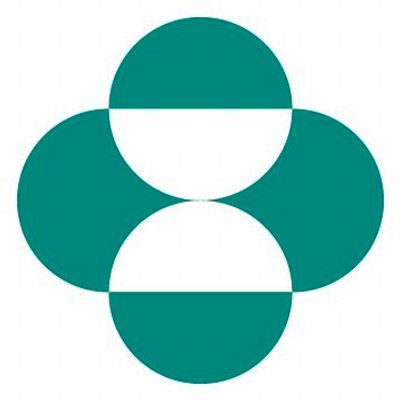Request Demo
Last update 08 May 2025
Otomycosis
Last update 08 May 2025
Basic Info
Synonyms Fungal otitis externa, OTOMYCOSIS, Otitis externa fungal + [12] |
Introduction Fungus infection of the external ear, usually by ASPERGILLUS species |
Related
3
Drugs associated with OtomycosisTarget |
Mechanism GR agonists |
Active Org. |
Originator Org. |
Active Indication |
Inactive Indication |
Drug Highest PhaseApproved |
First Approval Ctry. / Loc. United States |
First Approval Date30 Oct 1958 |
Target- |
Mechanism- |
Active Org. |
Originator Org. |
Active Indication |
Inactive Indication |
Drug Highest PhaseNDA/BLA |
First Approval Ctry. / Loc.- |
First Approval Date20 Jan 1800 |
Target- |
Mechanism- |
Active Org.- |
Originator Org. |
Active Indication- |
Inactive Indication |
Drug Highest PhasePending |
First Approval Ctry. / Loc.- |
First Approval Date20 Jan 1800 |
22
Clinical Trials associated with OtomycosisCTRI/2025/03/081538
Clinical Application of Dhoopan by Electric Fumigation Device work at Global Ayurveda Hospital - nil
Start Date12 Mar 2025 |
Sponsor / Collaborator- |
NCT06530069
Exploring the Risk Factors of Otomycosis: A Case-Control Study
The goal of this observational study is to explore the risk factors of fungal otitis externa in the fungal otitis externa patients The main question it aims to answer is:
What behaviors lead to the occurrence of fungal otitis externa? Participants will complete a detailed questionnaire survey. If there is a comparison group: Researchers will compare the healthy group and the disease group to see if there are any differences.
What behaviors lead to the occurrence of fungal otitis externa? Participants will complete a detailed questionnaire survey. If there is a comparison group: Researchers will compare the healthy group and the disease group to see if there are any differences.
Start Date01 Aug 2024 |
Sponsor / Collaborator |
NCT06431542
Comparison of the Efficacy of Patient Self-Application Versus Physician Application of Triamcinolone Acetonide Econazole Cream in the Treatment of Otomycosis
to analyze the clinical characteristics, types of Fungal Infections, and comparison of the efficacy of patient self-application versus physician application of triamcinolone acetonide econazole cream in otomycosis treatment.
Start Date01 Jun 2024 |
Sponsor / Collaborator |
100 Clinical Results associated with Otomycosis
Login to view more data
100 Translational Medicine associated with Otomycosis
Login to view more data
0 Patents (Medical) associated with Otomycosis
Login to view more data
438
Literatures (Medical) associated with Otomycosis01 Mar 2025·Brazilian Journal of Otorhinolaryngology
Otomycosis risk after non-suppurative middle ear surgery
Article
Author: Gul, Fatih ; Ozturk, Ali ; Kocak, Ozgenur ; Ali Babademez, Mehmet
01 Jan 2025·Clinical Case Reports
Unusual Presentation of a Rare Disease: A Case Report of Fungal Necrotizing Otitis Media and Mastoiditis
Article
Author: Mousavi Mohammadi, Ermia ; Zarrinfar, Hossein ; Rajati, Mohsen
01 Dec 2024·Medical Mycology Case Reports
Invasive fungal otitis media with peripheral facial paralysis
Article
Author: Gao, Hanbing ; Zhang, Jie ; Guan, Ming ; Kang, Wenjie
Analysis
Perform a panoramic analysis of this field.
login
or

AI Agents Built for Biopharma Breakthroughs
Accelerate discovery. Empower decisions. Transform outcomes.
Get started for free today!
Accelerate Strategic R&D decision making with Synapse, PatSnap’s AI-powered Connected Innovation Intelligence Platform Built for Life Sciences Professionals.
Start your data trial now!
Synapse data is also accessible to external entities via APIs or data packages. Empower better decisions with the latest in pharmaceutical intelligence.
Bio
Bio Sequences Search & Analysis
Sign up for free
Chemical
Chemical Structures Search & Analysis
Sign up for free



